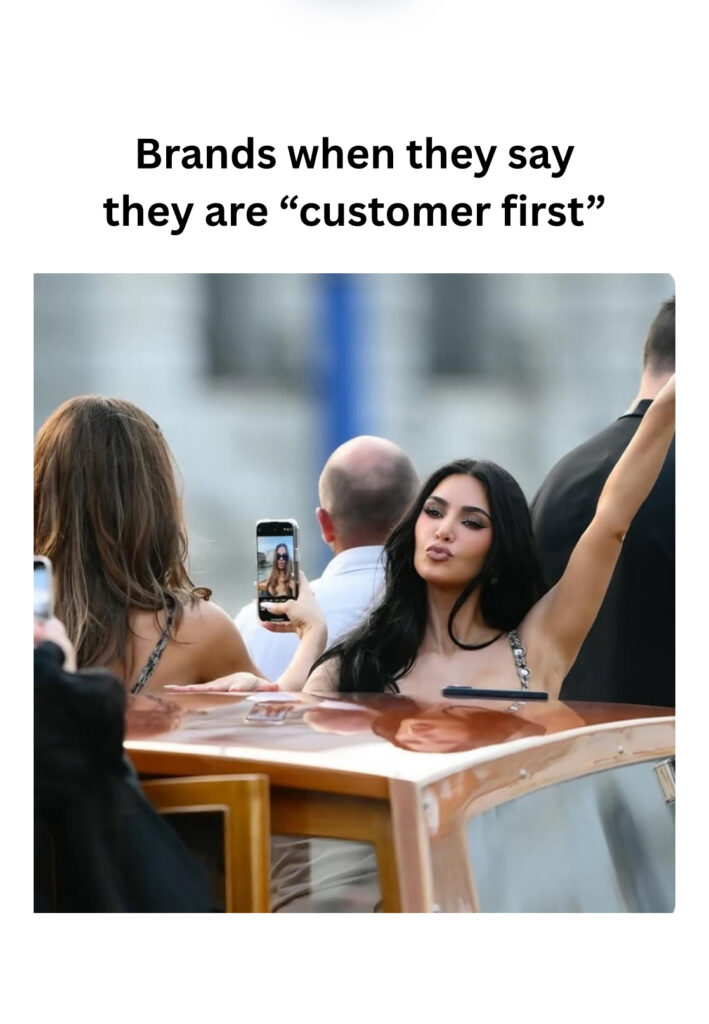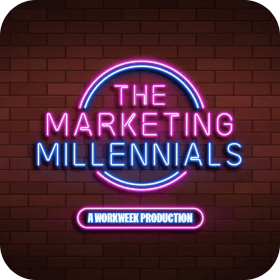Why your website isn’t working
Marketers love to overcomplicate.
We tweak colors. Add animations. Rewrite the headline for the 37th time.
But most websites don’t fail because of design decisions.
They fail because they ignore psychology.
Your customer’s brain is trying to survive, not explore your sitemap.
So, let’s fix that.
This isn’t another “make the button red” kind of newsletter.
This is how to use time-tested behavioral science to make your site convert.
PART 1️⃣: The Cognitive Load Problem
Most Marketers don’t realize this.
But your website isn’t failing because it’s ugly. Or outdated. Or missing some magic funnel hacking secret.
It’s failing because your customer’s brain is working too hard.
Every visitor arrives with the same question: “Can you solve my problem?” And most brands make that question impossible to answer.
They overload the page. Cram in too many messages. Forget to give people a clear next step.
That’s cognitive load. The mental effort it takes to understand what you’re saying.
And once it’s too high, the brain does what it always does under stress: It exits.
So, here’s how I would fix it:
Level up your marketing game
Zero BS. Just fun, unfiltered, industry insights with the game-changers behind some of the coolest companies from around the globe.
No spam. Unsubscribe any time.
Don’t start with “What should we say?” Start with “What’s getting in their way?”
Because if your site is hard to scan…
If it takes more than 5 seconds to get the point…
If your CTA is buried under jargon and widgets and a rotating carousel from 2018…
You’ve already lost them.
Want better conversions? Remove friction. Reduce options. Highlight the 1 thing you want them to do next.
The smartest websites are designed for lazy brains.
Because that’s what all of us are when we’re online.
PART 2️⃣: Why No 1 Is Clicking Where You Want
People don’t like to think on websites. They like to act. But when your CTA is vague, hidden, or surrounded by noise, the brain starts asking questions: “Where am I supposed to click?” “Is this safe?” “Am I committing to something I’ll regret?”
That pause is friction. And friction kills conversions.
The brain is wired to follow clear paths. Not guess its way through a maze.
If your CTA looks like everything else, it gets ignored. If it says something generic like “Submit” or “Click Here,” it raises doubt. And if it’s buried under a wall of copy, it’s already lost.
This is where fluency bias kicks in. We trust things that feel easy to understand. So when your CTA is crystal clear – visually and verbally – it gets the click. If not, the brain starts scanning for an escape route.
Your CTA should feel like the next obvious move. Not a trap. Not a test. Not a puzzle.
Make it easy to spot. Make it feel like progress. Make it impossible to misunderstand.
If you’re not sure it does any of those, change it. Your visitors won’t tell you they’re confused. They’ll just leave.
PART 3️⃣: The Most Overlooked Copy on Your Site
Microcopy.
You know, the tiny words on buttons, in forms, or next to a password field that say “Must include a symbol.” The stuff most Marketers write in 5 seconds and forget.
Big mistake.
Because microcopy is where trust is built or broken.
People don’t just read your headline. They scan for signals – little cues that either reassure them or trigger skepticism. If your form asks for a phone number, but doesn’t explain why, the brain says, “Hard pass.”
If your button says “Continue” instead of “Start Free Trial,” the action feels unclear. And when people are confused, they freeze.
There’s a psychological principle here: uncertainty aversion. We avoid situations where outcomes feel unpredictable.
Your job is to remove the unknowns.
That means adding a line next to a field: “We’ll never spam you.”
Or clarifying a CTA: “No credit card required.”
These tiny words aren’t filler.
They’re friction removers.
Write them with care.
Because someone’s buying decision might come down to 7 small words below a form.
PART 4️⃣: You’re Not Addressing Their Real Objection
Most websites talk like everyone’s already convinced.
But here’s the truth: Your visitor is skeptical.
They’re halfway out the door.
And your copy is talking about features.
What actually keeps someone on the page?
Feeling seen.
If you don’t name their doubts, they’ll keep them.
If you don’t answer their objections, they’ll assume you can’t.
This is where insecurity projection creeps in.
Buyers project their own fears onto your product:
– “Will this actually work for me?”
– “What if I look dumb for choosing this?”
– “How do I know this isn’t a waste of money?”
And if your page doesn’t directly address those silent hesitations, they click out. Not because they hated your offer, but because they weren’t sure it was safe to trust it.
The fix?
Don’t save your FAQ for the bottom.
Sprinkle answers to objections where the doubt would naturally creep in.
MEME OF THE WEEK



